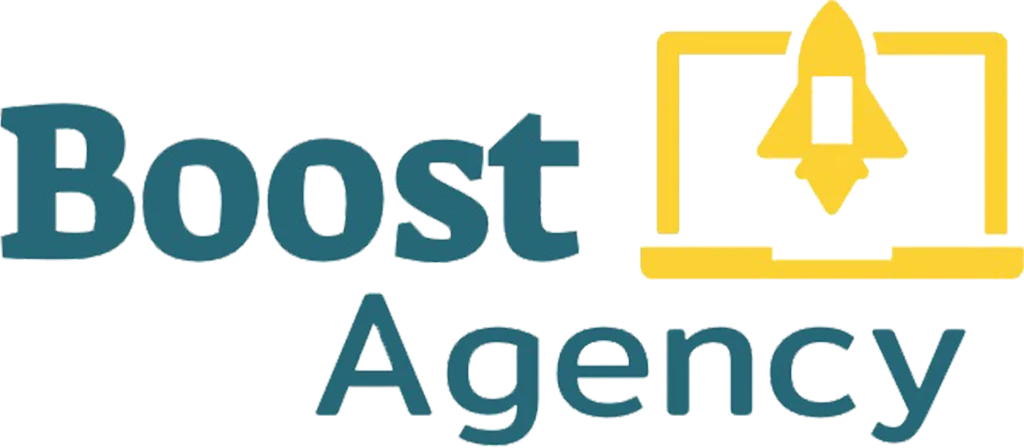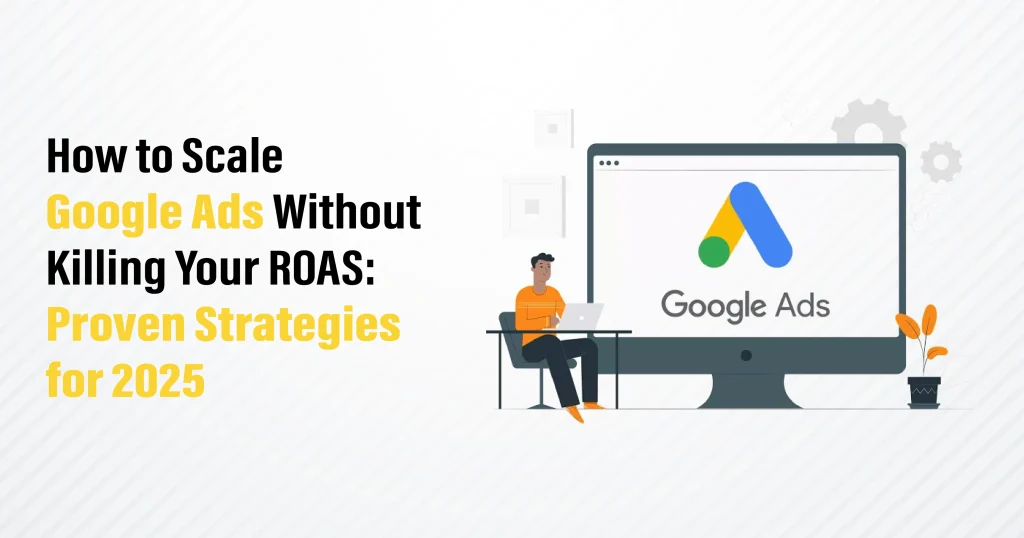
Every performance marketer dreams about scaling Google Ads. So, here is the thing: the majority of advertisers will start spending more money, and then, as a result, look at their ROAS (Return on Ad Spend) crashing down. The same thing that was working at $100/day is no longer working at $500/day. Why? Scaling ads is not all about spending more; it is about scaling smart.
In this guide, we are going to demonstrate how you can scale Google Ads in 2025 without compromising profitability. Be it lead gen or an e-commerce campaign, the approaches below are effective in optimizing in favor of growth and ROAS.
Increase Google Ads Budget Without Losing ROAS: The Smart Way to Scale
The greatest error? “Budget dumping.” Overnight, advertisers will double or triple their spending and scratch their heads when their performance goes under.
You need to follow a gradual approach to increase the Google Ads budget without losing ROAS:
- Increase budgets by 20-30% every 3-5 days
- Segment the campaigns by device, location, or audience
- Test new geographies or demographics before committing to them.
It is not only about the spend, but about scaling efficiently. Distributing budget among fine-tuned campaigns avoids a panic-reboot of the algorithm.
Google Ads Scaling Strategy for 2025: What Works Now
An effective Google Ads scaling strategy in 2025 begins with a structure. Do the following steps:
Validate Campaigns: Just make it big on what is built, that is profitable campaigns with a consistent ROAS in the long term.
Structure for Scale: Split branded vs non-branded. Distinguish between cold and warm traffic. Utilize single keyword ad groups (SKAGs) or themes.
Grow Keywords Set:Put high-intent long-tail keywords or synonyms.
Layer in Remarketing: Make use of RLSA (Remarketing Lists for Search Ads) or dynamic remarketing.
Budget Deliberately: Raise budgets but gradually, and keep watching the performance indicators.
Further, adopt automation. In 2025 Google algorithm will be more mature. Scalable, ready segments are now more readily identified using tools such as Performance Max.
How to Improve Google Ads Performance Before You Scale?
Upscaling of a mismanaged marketing campaign will just increase waste. That is why, instead of scaling, you need to pay attention to how to improve Google Ads performance first.
Key Steps:
- Optimize quality score through keyword-ad-landing page alignment.
- Increase the CTRs through experimenting on different headlines, types of ads, and their formats
- A/B test creatives by rotating 2-3 versions in each ad group.
- Eliminate low-converting keywords that are expensive.
- Upgrade landing pages by matching user intent and reducing friction.
Consider these steps your tune-up. The only campaigns worth scaling are optimized campaigns.
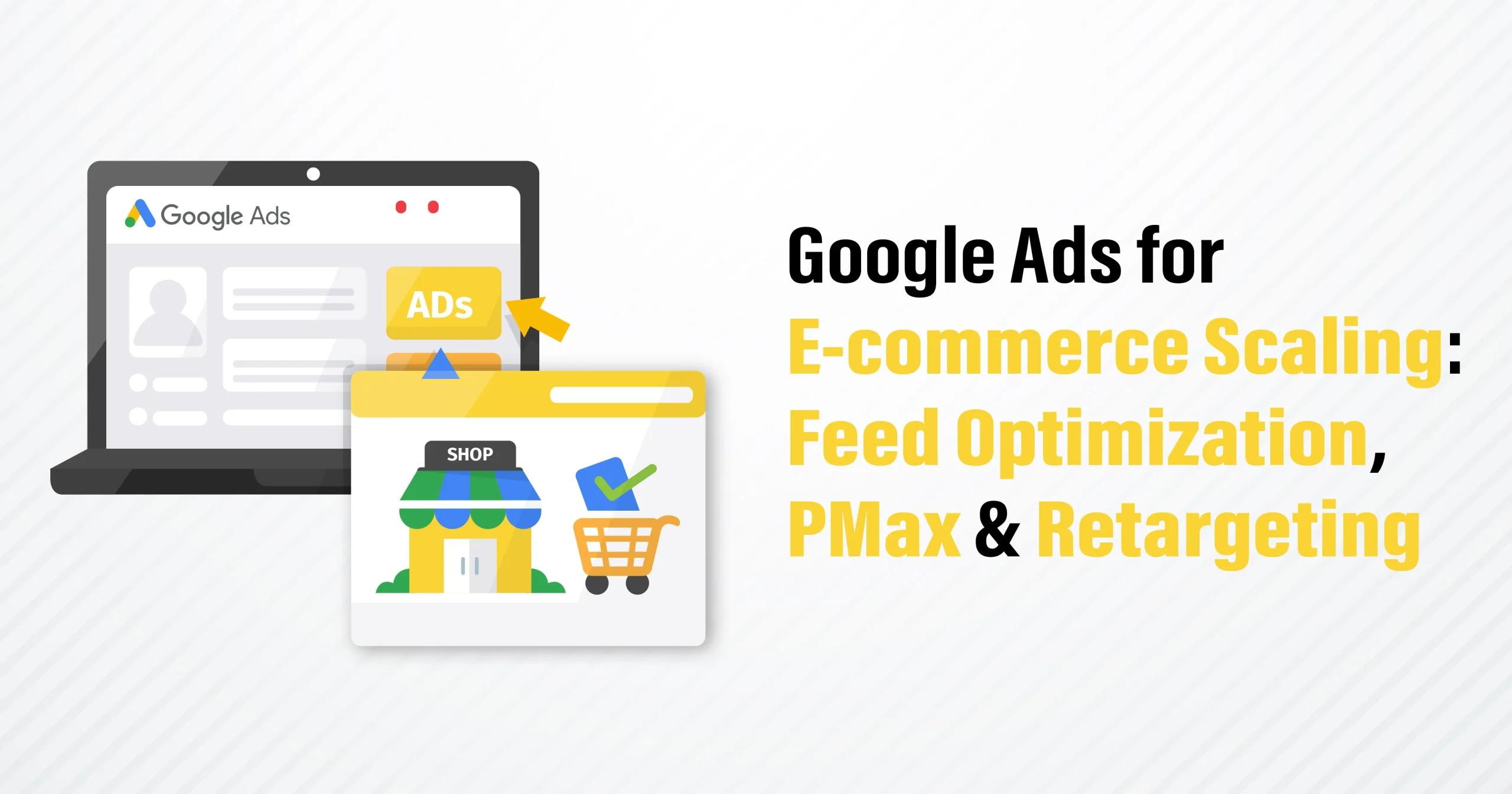
PPC Campaigns That Scale Profitably: A Foundation You Can Build On
Not every PPC campaign is similar. Scaling will be a disaster when you are running unorganized campaigns with broad match keywords and no tracking.
This is the structure of successful PPC campaigns:
- Definitive goal of the campaign (sales, leads, ROAS, and so on)
- Good ad grouping with close keyword themes
- Complete conversion tracking (Google Tag, GA4, etc.)
- Ad extensions (sitelinks, callout, structured snippets)
- Feedback loops (analyze, optimize, iterate)
What is the difference between scaling and simply increasing ads? Strategy.
Google Ads Campaign Optimization: The Key to Sustainable Growth
Google Ads campaign optimization is not a one-time activity; you have to keep working on it for sustainable growth.
Top tactics:
- Optimize bids by the device performance (e.g., low on mobile, in case CPA is high).
- Review performance by hour of the day and day of the week.
- Use location targeting, and put a hold on non-converting regions.
- Experiment with ad variations every week.
- Pause the high-spend/no-conversion keywords using automation rules.
- Use scripts for campaign hygiene. Auto-pause broken links, detect those causing loss of CTR, or adjust the pace of the budget.
Maximize ROAS With Google Ads: Metrics to Monitor While Scaling
To maximize ROAS in Google Ads, it is essential to track the appropriate performance metrics as your business expands. All of these measurements will tell you how well your advertisement budget is converting into profits.
This is what to keep an eye on:
- ROAS (Return on Ad Spend): Calculates the money that is earned per dollar spent on advertisements.
- Conversion Value/Cost: Displays what value you receive in comparison to what you spend.
- Cost per conversion (CPA): This refers to the average price of getting a conversion.
- AOV (Average Order Value): This will show you how much an average customer spends during a single transaction.
To ensure that you are profitable as you scale, apply Target ROAS or Max Conversion Value bidding approaches. In 2025, the combination of smart bidding and a properly organized account is the way to long-term and scalable growth.
Google Ads Bidding Strategies for 2025: Which One Scales Best?
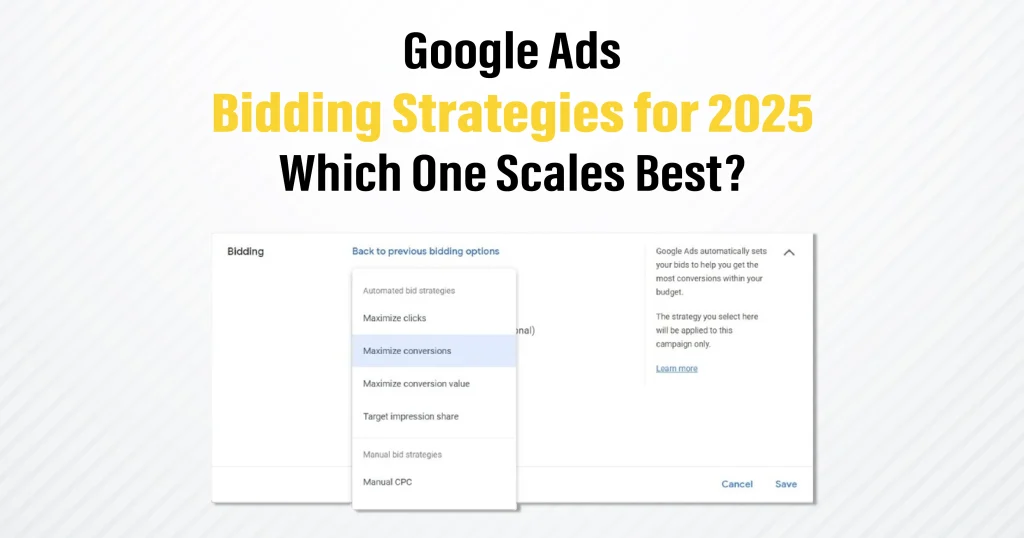
Context means everything when deciding Google Ads bidding strategies in 2025.
Here is a breakdown:
Manual CPC:
It is optimal to test a new campaign with less information.
Enhanced CPC (ECPC):
Provides a conservative way to experiment with performance automation.
Target ROAS:
It is suitable when it comes to scaling profitable campaigns.
Drive Max Conversions:
Apply to broad match and automated resources.
Max Conversion Value:
Preferably used in conjunction with optimized product feeds or sales of high-ticket goods
Manual CPC is ideal for testing and gaining control at low levels. In mid-scale, the Enhanced CPC or Maximize Conversions assists one to optimize without losing flexibility. At full scale, you can automate and set it to make a profit by using Target ROAS or Max Conversion Value.
Smart Bidding vs Manual Bidding in Google Ads: Pros, Cons & When to Use Each
When to use one or the other?
- Manual bidding can be used for testing or when a particular traffic is targeted.
- Once you have collected enough data to allow the algorithm to optimize at scale, switch to smart bidding (e.g., Target ROAS or Max Conversions).
How to Scale Search Ads Without Losing Control or Profitability?
Knowing how to scale search ads helps you to scale reach without compromising control and profit. Begin by expanding the groups of keywords with the help of contextual long-tail and purposeful search terms. Duplicate your best working ad sets into new campaigns with new location or demographic targets and broaden your reach.
Never forget to execute negative keywords that filter out and exclude irrelevant traffic and safeguard ROAS. Apply geo and device targeting to pounce on segments that convert more.
The management lever? Search intent. Put emphasis on high-converting, low-competition queries to scale profitably. You can expand and maintain discipline in performance through the proper structure.
Google Ads for E-commerce Scaling: Feed Optimization, PMax & Retargeting
In the case of Google Ads for e-commerce scaling, the product feed forms the basis. Use optimized product title, image, description, and attribute information to increase the quality score and higher ad position in Shopping. Furthermore, use Performance Max campaigns to automatically target high-intent shoppers on the entire network by Google. Divide assets within a segment by type or the audience to enhance control.
Finally, show the previous visitors personalized product advertisements via dynamic remarketing. It boosts conversion rate, average order value, and client lifetime value, which are the critical features of profitable e-commerce in 2025.
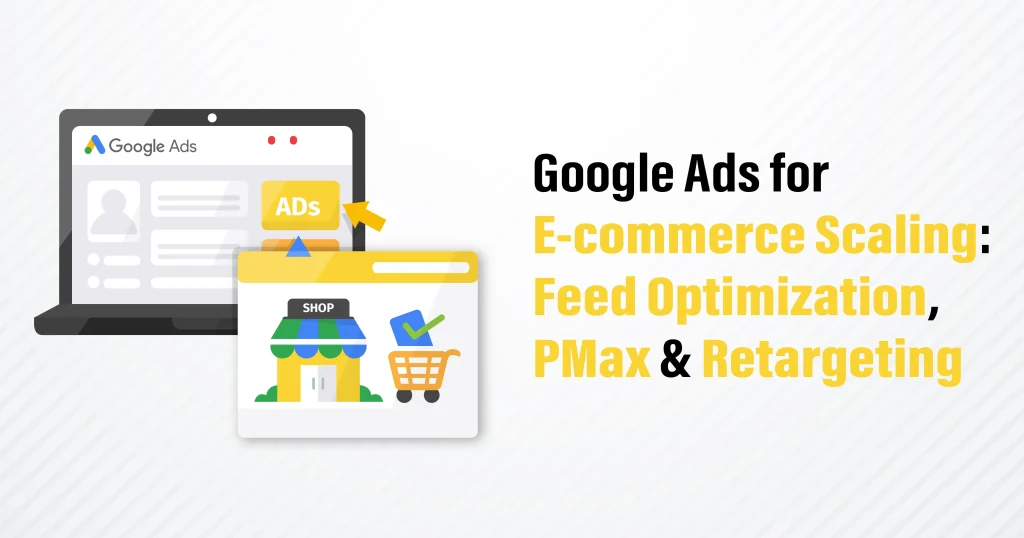
Conclusion: Scale Google Ads in 2025 the Right Way - Growth With Profit
Scaling Google Ads is not simply increasing your budget; it is the creation of a system that will be able to meet growth combined with profitability. Successful scaling depends on data, time, and strategy, whether about campaign structure and performance testing or the selection of appropriate bidding strategies on each stage. Maintain a focus on testing, review your metrics, and leverage innovative tools to utilize your intelligence for scaling ads on Google.
Looking to make the scaling process easy? Use our downloadable Scaling Cheat Sheet or schedule a consultation with Boost Agency Ltd and start scaling smarter.
